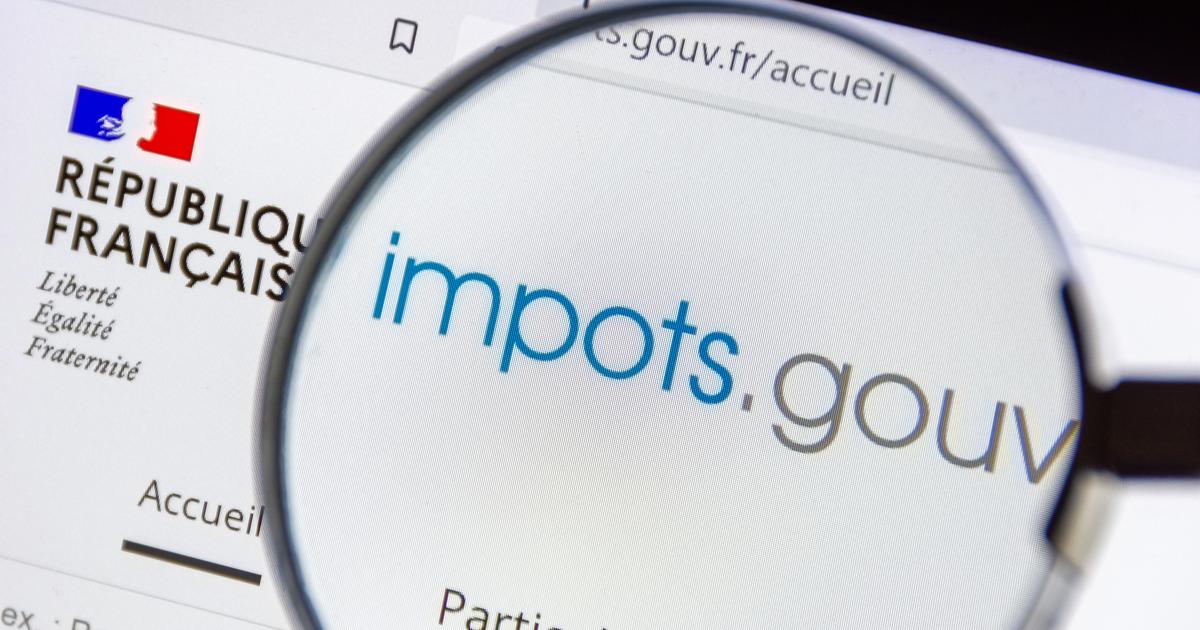Converted almost 9,000 A4 pages full of lines of code were necessary so that Joana Moll was able to order from Amazon the book "The Life, Lessons & Rules for Success" by Amazon founder Jeff Bezos. For her project "The Hidden Life of an Amazon User", the artist visualized the technical activities in the background during an ordering process.
On their project website launched this Wednesday, you can scroll through a recreated Amazon page and numerous code columns. What normally happens inconspicuously in the background, the artist made visible. "You can see all the code loaded on my computer," says Moll to SPIEGEL. "There are a total of 8724 A4 pages of code and about 87.33 megabytes for just twelve different views."
As Amazon customers navigate their way through the interface, they consistently download commands and content from their browsers and users' browsers - ensuring that the site is displayed correctly, enabling interactions, and recording the user's activity. "It would take developers to decode the code and really understand what it is doing," says Moll. "However, a large part of the scripts are javascript files that can collect information."
Amazon's business model is to continually track customer behavior and behavior, encourage customers to buy more and ultimately increase Amazon's revenue, Moll criticizes. "Every single user activity on the screen is not just tracked and monetized by Amazon," says the Spanish artist. "In addition, a part of the energy consumption is passed on to the user - it is, so to speak, a double exploitation."
Jan Slavik, DOX
Joana Moll: Social criticism with digital means
On Moll's website, a tracker shows how much energy is consumed. She needed about 30 watts with a Dell laptop and Firefox browser for her book order, as recorded with a measuring device. However, the consumption depends on the devices used and also on interactions, scrolling means about additional energy consumption. For her project, she specifically documented only the most necessary steps for an order - if you had to search for a product or could not decide beforehand, it would be easy to spend five or ten times as much.
Climate friends or greenwashing?
Of course, Amazon is not the only tech group whose online processes consume energy. According to researchers, YouTube has a similar carbon footprint to a city the size of Glasgow (approximately 600,000 inhabitants) - they proposed reducing it with a leaner, more energy-efficient web design. For their earlier project "CO2GLE" Moll has calculated the CO2 emissions of Google. "Amazon is a symbol of energy consumption for me," she says. In addition, the group is the most intransparent in terms of sustainability among the big tech companies.
The artist believes that companies like Amazon and Google are posing as opponents of climate change and pioneers of renewable technologies, for a "cynical discourse". "The big tech companies are part of the problem," she says. Although the companies invest in renewable energies and want to operate climate neutral. At the same time, Amazon, for example, continues to work with companies in the oil industry, such as Shell, BP and Halliburton.
Her new project will be presented by the artist at the Disruption Network Lab conference "Collective Strategies to Expose Injustice" next Saturday in Berlin. The 37-year-old from Barcelona works with social critique of the digital world and has exposed chasms like surveillance and data-trading in her earlier works - using digital resources such as live streaming from surveillance cameras, open-source software or data brokerage data.
Dating profiles as a mass product
In her latest project, "Dating Brokers," Moll had exposed how corporations deal with users' data, more specifically: sensitive data from flirting platforms. For just 136 euros, she had ordered a million dating profiles from the company USDate, evaluated and presented anonymously in an online database.
The frivolous acting platform USDate is currently reported to have 29 million "real" flirt profiles that can be categorized by origin. Names, photos, e-mail addresses, report details, preferences, gender and personal descriptions are among the data that will be delivered.
The data acquired by Moll came from their research, the popular dating platform Plenty of Fish, whose parent company Match Group in turn has dozens of other brands such as Cupid and Tinder. "The exchange and purchase of online dating profiles is common in the online dating industry," concludes Moll. "The method is often used to populate new online dating sites when they launch, but even established dating sites are constantly trading with profiles - to get new faces in their services, and thus the likelihood of matchmaking among their users increase and attract new paying subscribers. " Users are unaware that their intimate profiles and information are passed from company to company.
"I hope that I can encourage people to think so that something may change," says Moll about the goal of her digital art. "But I also know that a project alone can not do that."







